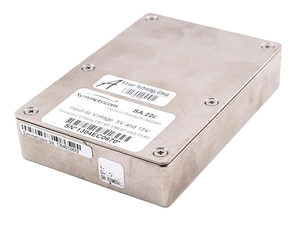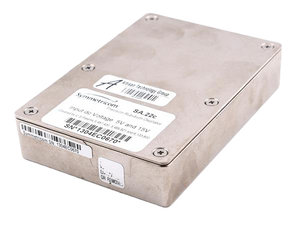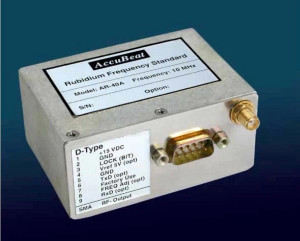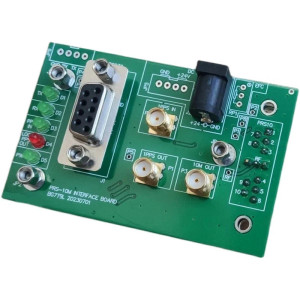Rubidium Standards
A rubidium standard is a highly stable frequency reference (atomic clock) that uses the hyperfine transition of rubidium-87 atoms to maintain accuracy. It consists of a rubidium vapor cell, a crystal oscillator, and electronics that lock the oscillator to the atomic transition. It offers better long-term stability than quartz oscillators (though less than cesium standards) and is common in telecom, navigation, and test equipment.
Standards require an interface, power supply and heatsink.
Performance of a rubidium standard deteriorates after decades, and many on eBay are over twenty years old. While an older unit may still be performant, you cannot tell unless its stability is verified. The reconditioning process cleans and inspects the internal and external components and calibrates the unit to optimal performance.










